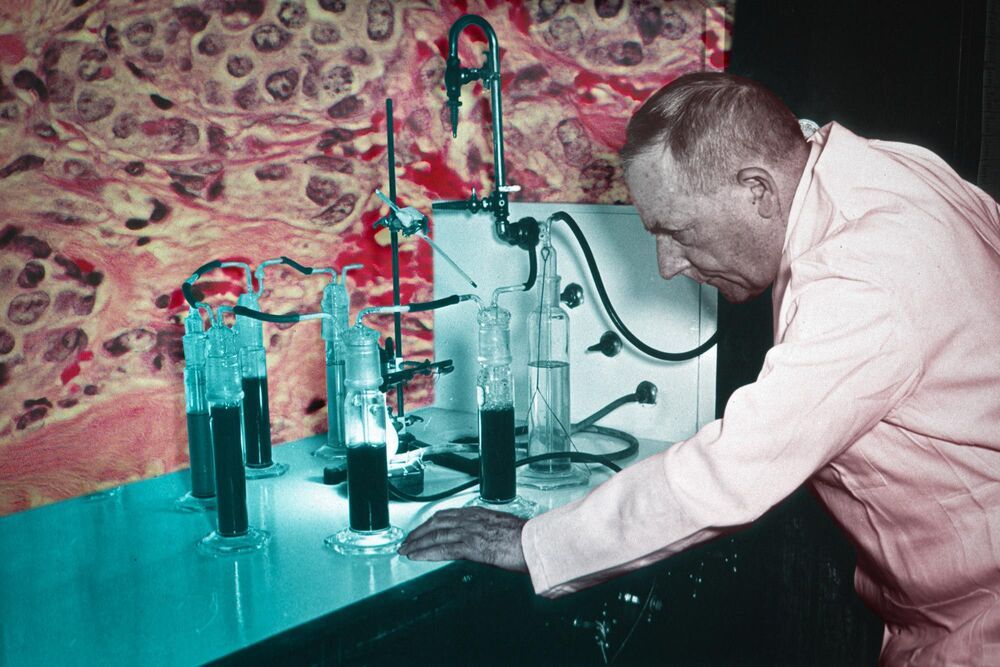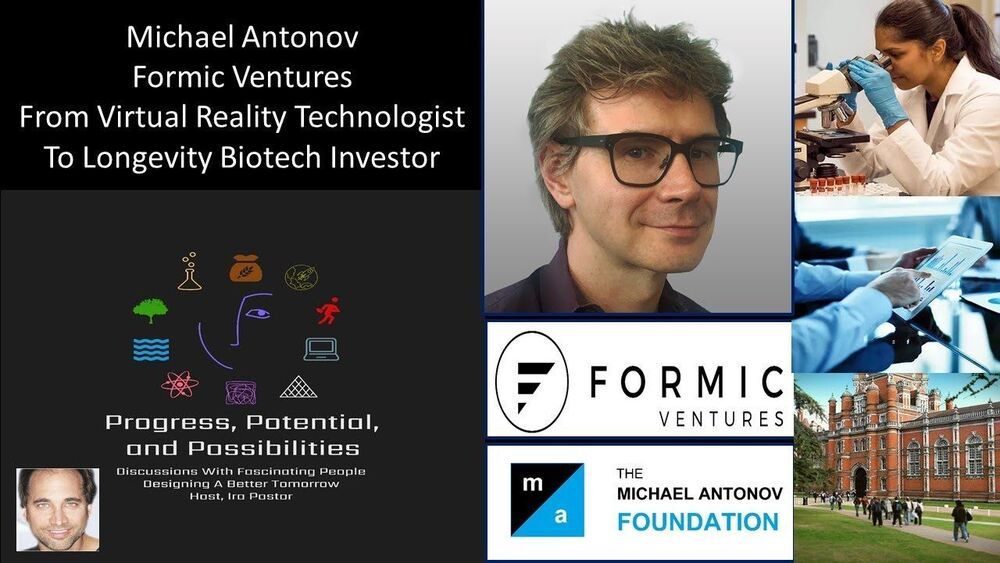Feb 2, 2021
A new bio-inspired joint model to design robotic exoskeletons
Posted by Genevieve Klien in categories: cyborgs, robotics/AI, wearables
Recent advances in the field of robotics have enabled the fabrication of increasingly sophisticated robotic limbs and exoskeletons. Robotic exoskeletons are essentially wearable ‘shells’ made of different robotic parts. Exoskeletons can improve the strength, capabilities and stability of users, helping them to tackle heavy physical tasks with less effort or aiding their rehabilitation after accidents.


















